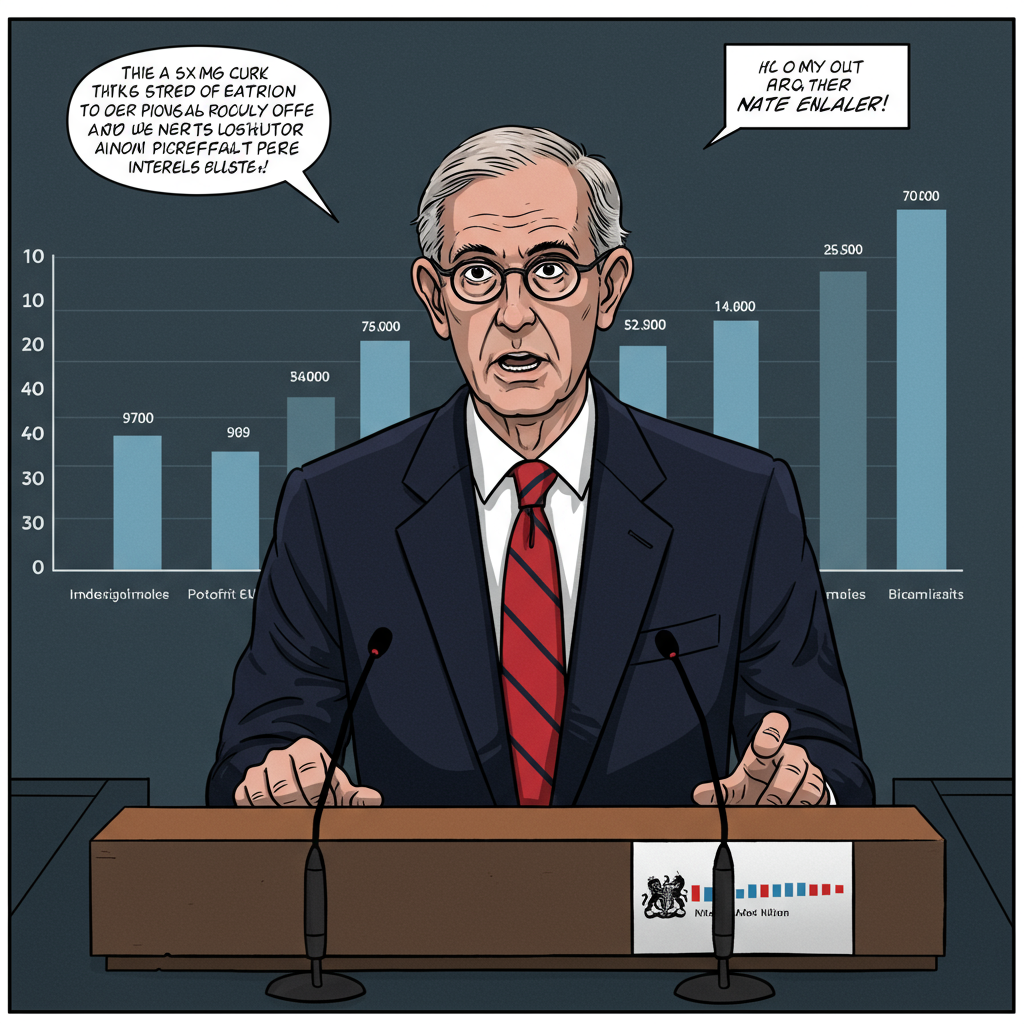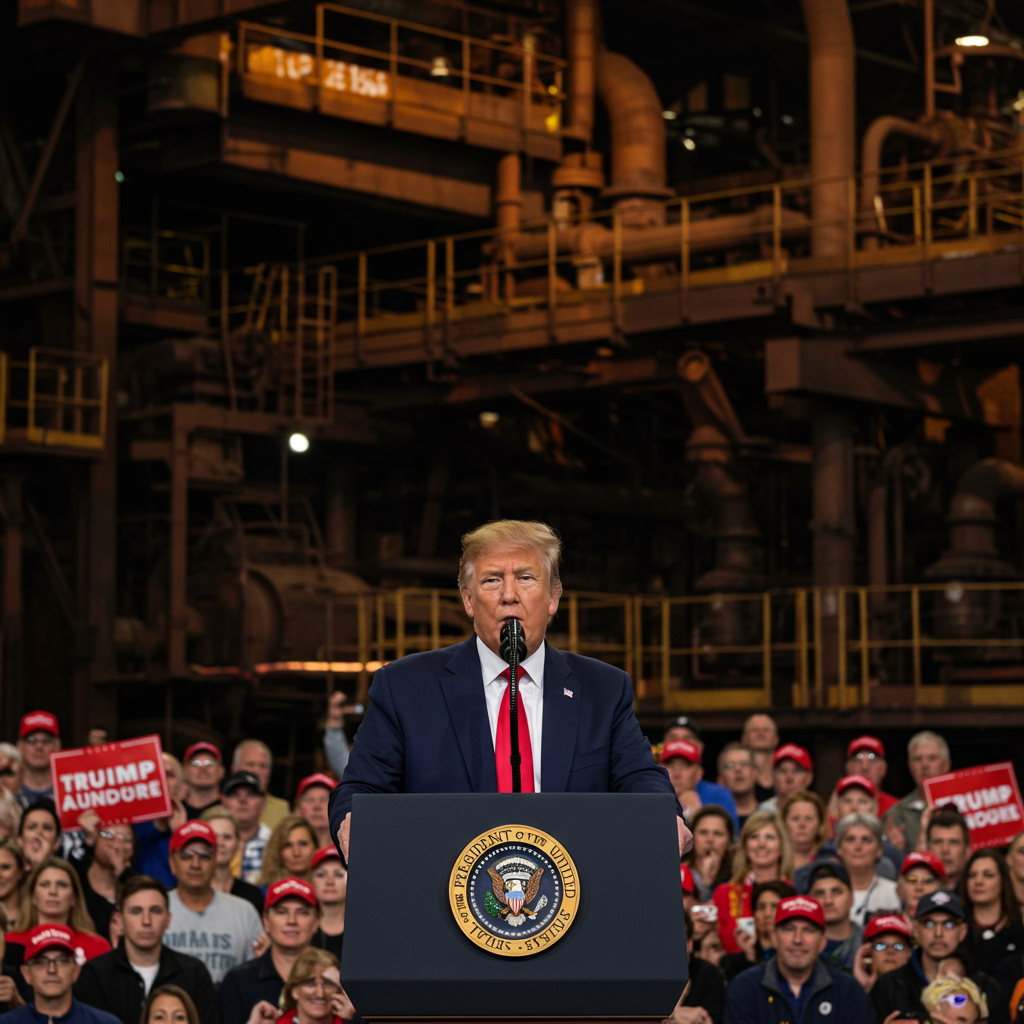Tesla ignited the electric vehicle (EV) market in the third quarter of 2025, shattering sales records and briefly catapulting CEO Elon Musk’s net worth past an astonishing half-trillion dollars. This unprecedented surge, driven by an expiring federal EV tax credit, painted a vibrant picture of consumer demand. However, beneath the surface of record-breaking deliveries and immense personal wealth, the EV giant faces intensifying competition and a looming “sales hangover” in the quarters ahead. Understanding these dynamics is crucial for anyone tracking the future of the automotive industry.
Tesla’s Historic Q3 Performance: A Closer Look
The period from July through September 2025 marked Tesla’s most successful quarter to date. The company reported a global delivery record of 497,099 vehicles, significantly exceeding its previous high from Q4 2024. This figure also represented a robust 29% increase from the second quarter and a 7% jump year-over-year—Tesla’s first year-over-year sales gain in 2025. Production figures were also impressive, reaching 447,450 units.
Tesla’s mass-market offerings, the Model 3 sedan and Model Y crossover, were the primary drivers, accounting for 481,166 deliveries. This dominance highlights their continued appeal despite increasing competition. The company also surpassed Wall Street expectations, with analysts like Benchmark’s Mickey Legg estimating closer to 442,000 deliveries. Beyond vehicles, Tesla’s energy business also posted a record quarter, deploying an impressive 12.5 GWh of energy storage products.
The Federal Tax Credit Frenzy
A significant catalyst for this Q3 boom was the impending expiration of a substantial federal EV tax credit. American buyers rushed to purchase vehicles before the $7,500 incentive for new EVs, (and $4,000 for used), ended on September 30, 2025. This “pull-forward” effect was a major factor in the record Tesla Q3 sales. The credit’s elimination was part of President Donald Trump’s broader spending and tax bill for fiscal year 2026.
The impact of this expiring credit extended across the entire EV industry. Ford Motor Company, General Motors (GM), and Hyundai all reported record-breaking quarterly sales for their all-electric models during this period. GM’s US EV sales more than doubled, and Ford’s electric vehicle sales rose 30% compared to Q3 2024. Industry forecasts from Cox Automotive projected a record 410,000 EVs sold in Q3 2025, with EV market share reaching nearly 10% of total automotive sales.
Elon Musk’s Momentary Half-Trillion Dollar Fortune
Tesla’s spectacular Q3 performance directly impacted its CEO’s personal wealth. For a brief period on a Wednesday in October 2025, Elon Musk achieved an unprecedented milestone, becoming the first individual in history to reach a personal net worth of $500 billion. Forbes’ Real-Time Billionaires tracker recorded his peak at an astounding $500.1 billion. This surge followed a nearly 4% increase in Tesla’s stock price, which added over $9 billion to Musk’s fortune.
However, this record-setting wealth was fleeting. Reports indicate Musk’s net worth quickly slipped to $499 billion hours later, settling around $492 billion by midday the following Thursday. The volatility underscores how closely his fortune remains tied to Tesla’s stock performance. Beyond Tesla, Musk’s substantial stakes in SpaceX, valued at $168 billion, and xAI Holdings, contributing an estimated $60 billion, significantly bolster his financial portfolio, demonstrating his vast influence across multiple high-tech industries.
Navigating a Shifting EV Landscape: Challenges and Innovation
Despite the celebratory Q3 numbers, the road ahead for Tesla and the broader EV market presents complexities. Experts anticipate a “sales hangover” in Q4 2025, as demand pulled forward by the tax credit expiration naturally declines. Ford CEO Jim Farley predicted a sharp drop in EV market share following the cessation of the incentive program. Even with its Q3 spike, Tesla’s year-to-date sales are down 6% compared to the same period in 2024, indicating a broader slowdown prior to the Q3 rush.
Tesla’s market share continues to face pressure globally. Registration data suggests the company is losing ground to rival automakers’ EV offerings. This decline is partly attributed to increasing competition, especially from Chinese manufacturers like BYD. BYD reported a 31% rise in EV passenger car sales in Q3 compared to a year ago, despite not selling cars in the US and therefore not benefiting from the tax credit rush. BYD is now poised to overtake Tesla as the world’s largest EV maker by volume, with 1.6 million EV passenger cars sold year-to-date globally, compared to Tesla’s 1.2 million.
Beyond Sales: Tesla’s Technological Edge and Future Outlook
While competition intensifies, Tesla continues to push innovation. A notable new development is the introduction of Vehicle to Load (V2L) and Vehicle to Home (V2H) bi-directional charging capabilities in the Model Y Performance in the United States. This “killer feature,” previously limited to the Cybertruck, allows the vehicle to power external appliances or even a home. The necessary Tesla Outlet Adapter is affordably priced at $80, making this advanced utility highly accessible. This strategic rollout suggests similar capabilities might extend to other popular Tesla models, enhancing their practical appeal beyond driving performance.
Looking to Q4, optimism remains despite the expired tax credit. The IRS adjusted its rules mid-quarter, allowing buyers who placed orders and made deposits before September 30, 2025, to still claim the credit even if delivery occurs in Q4 2025 or Q1 2026. This rule change is expected to bolster Q4 deliveries. Historically, Q4 is Tesla’s strongest quarter, often bolstered by year-end incentives and holiday spending. Additionally, rumors of an “affordable Model Y Standard” starting around $39,990 could reignite quarter-over-quarter growth if successfully launched.
The Road Ahead: Market Dynamics and Strategic Responses
Tesla’s record-setting Q3 2025 was a testament to strong consumer demand, skillfully capitalized upon amid an expiring federal incentive. This period also marked a historic, albeit fleeting, financial achievement for Elon Musk, solidifying his status as an unparalleled business magnate. Yet, the broader narrative reveals a challenging landscape: intense global competition, especially from nimble Chinese automakers, and the anticipated impact of lost tax credits.
To maintain its leadership position, Tesla must continue innovating, as seen with the Model Y’s V2L capabilities, and potentially expand its product lineup with more accessible price points. The ongoing ramp-up at Gigafactory Texas, which played a crucial role in the Q3 push by facilitating direct customer pickups, underscores the company’s commitment to efficient production and delivery. The future of the EV market will be shaped by a blend of technological advancement, strategic pricing, and global market navigation.
Frequently Asked Questions
What specific factors contributed to Tesla’s record Q3 2025 sales?
Tesla’s record Q3 2025 sales of 497,099 vehicles were primarily driven by consumers rushing to purchase electric vehicles before a $7,500 federal tax credit expired on September 30, 2025. This incentive, along with the strong performance of the Model 3 and Model Y, created a significant surge in demand. Additionally, efficient production efforts, particularly from Gigafactory Texas, helped fulfill these orders. The quarter also saw Tesla post its first year-over-year sales gain in 2025.
How might the expiration of the federal EV tax credit impact future Tesla and wider EV sales?
The expiration of the federal EV tax credit is widely expected to cause a “sales hangover” in Q4 2025 and potentially into early 2026. The Q3 surge represents demand pulled forward, meaning many consumers who might have bought an EV later accelerated their purchase to take advantage of the $7,500 incentive. Industry experts predict a sharp decline in EV market share after the credit’s cessation, affecting not only Tesla but also other automakers like Ford and GM who saw Q3 boosts from the same factor.
What innovative features is Tesla introducing beyond just vehicle sales?
Beyond vehicle sales, Tesla is enhancing its lineup with new technological features, notably the introduction of Vehicle to Load (V2L) and Vehicle to Home (V2H) bi-directional charging for the Model Y Performance in the US. This “killer feature” allows the vehicle to act as a mobile power source for appliances or even to supply power to a home. Furthermore, Tesla’s energy business achieved a record 12.5 GWh of energy storage deployments in Q3, demonstrating growth in its broader clean energy solutions.
Conclusion: Charting Tesla’s Future Amidst Shifting Tides
Tesla’s performance in Q3 2025 was a highlight, marked by record deliveries and a historic, if brief, moment for Elon Musk’s wealth. Yet, this success was intricately linked to a temporary market stimulus, and the competitive landscape continues to evolve rapidly. As the EV market matures and government incentives shift, Tesla’s continued dominance will rely heavily on its ability to innovate, diversify its offerings, and effectively compete against rapidly growing global rivals. The next few quarters will be critical in revealing how the company navigates this dynamic environment, balancing technological leadership with evolving consumer demands.



